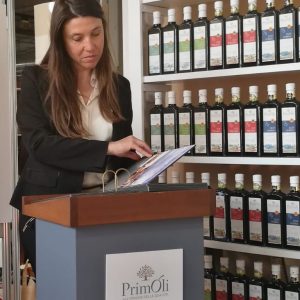In a world where modern continuous-cycle milling plants have almost completely replaced traditional crops, false beliefs still persist, including the notion that a first cold pressing can only be obtained from the processing of olives through traditional mills.
The new oil has arrived and, despite the ongoing restrictions on movements due to the Covid-19 pandemic, those lucky enough to reside in one of the many production areas will have the opportunity to obtain supplies directly from the olive mills.
Often those looking for a high-quality product, both in organoleptic and chemical-physical aspects, have to decide between a traditional milling press or one that uses continuous-cycle plants, on the assumption, alas erroneous, that, although the more modern technique allows for more guarantees in terms of efficiency, only the former can produce a first cold pressing.
In reality, whether the traditional milling system is used, based on the so-called “molazza” (a conic container with two or more rotating millstones) or the continuous cycle – obtaining an extraction from a series of machines linked together (crusher, malaxer, decanter and a vertical centrifuge) – only one pressing of the fruit is possible.
In other words, an extra virgin olive oil is obtained only from the first pressing of the olives, for the simple fact that there is no second pressing. Even the belief that the traditional milling system is cold while the continuous cycle is hot is without foundation. The legislator has intervened in this regard, clarifying that the oil obtained with both systems can be labelled with the term cold as long as the threshold of 27 degrees centigrade is not exceeded during the milling process.
This term must in any case be accompanied by additional information: the oil is cold squeezed if it is obtained with the traditional system, while it is cold extracted if it is made through a continuous-cycle.
